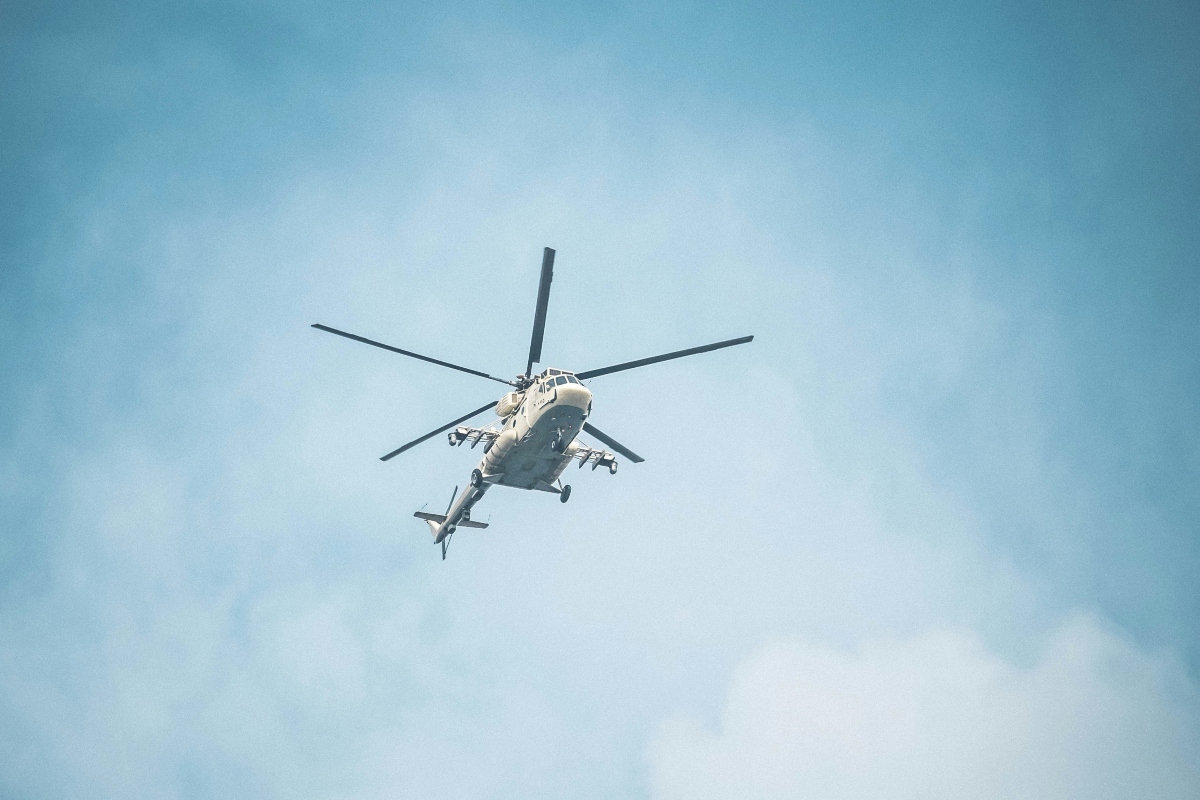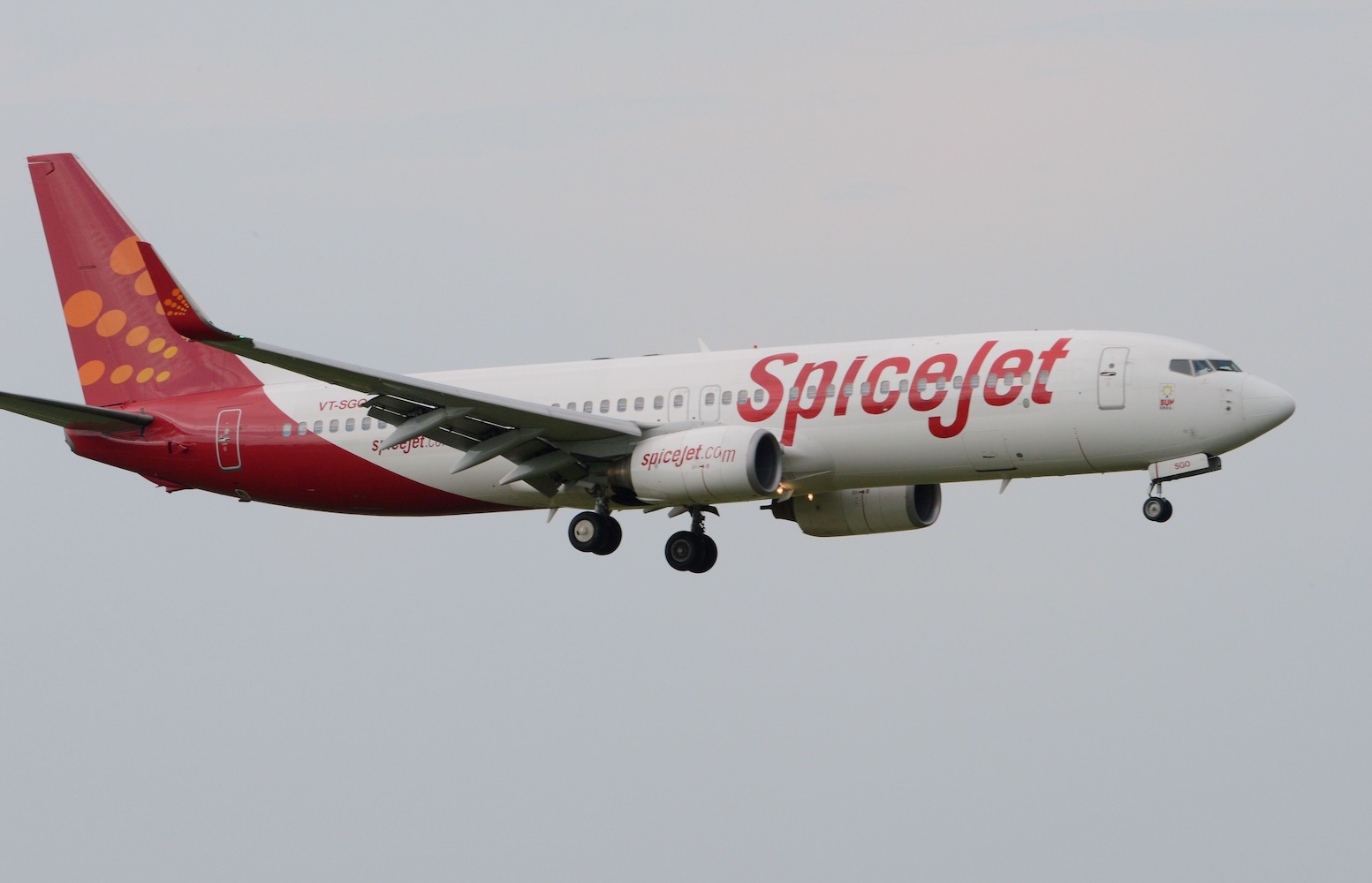Hurricane Helene carved a path of destruction through six states, including North and South Carolina, leaving communities reeling from its impact. The storm and its aftermath have claimed hundreds of lives, with the region still grappling with extensive damage.
With countless roads rendered impassable, relief organizations, government agencies, and volunteers have taken to the air to deliver aid and conduct search and rescue operations. The surge in air traffic has led to a dramatic increase in flights over western North Carolina in the past week, Becca Gallas, director of North Carolina’s Division of Aviation, told CNN.
Hurricane Helene’s Impact On Air Traffic
The sheer volume of aircraft operating in the disaster zone has created hazardous conditions. In a single day, dozens of planes nearly collided midair. This near collision highlights the urgent need for better coordination and safety measures. The Federal Aviation Administration (FAA) has since issued warnings to pilots, emphasizing the challenges of operating in the affected areas.
Many airports in the disaster zone lack air traffic control towers, requiring pilots to exercise extreme caution and maintain constant situational awareness. The sudden influx of relief flights has also strained local airport facilities. Asheville Regional Airport, a key hub for relief operations, has been forced to restrict incoming private aircraft to manage the overwhelming traffic.
Some smaller regional airports even temporarily ran out of fuel due to the unexpected demand. The pressure to deliver aid quickly has also led to some incidents on the ground. In one case, a private pilot landing in Hickory, North Carolina, forgot to extend the plane’s landing gear, resulting in a temporary runway closure that hindered further supply drops.
Coordinating The Chaos
State and federal officials have taken various steps to address these safety concerns. These include establishing airport call-in lines for pilots to schedule landings and supply unloading times. This creates designated sky corridors to separate civilian aircraft from military and search and rescue flights. Officials have also implemented targeted airspace restrictions in areas with high concentrations of rescue operations.





